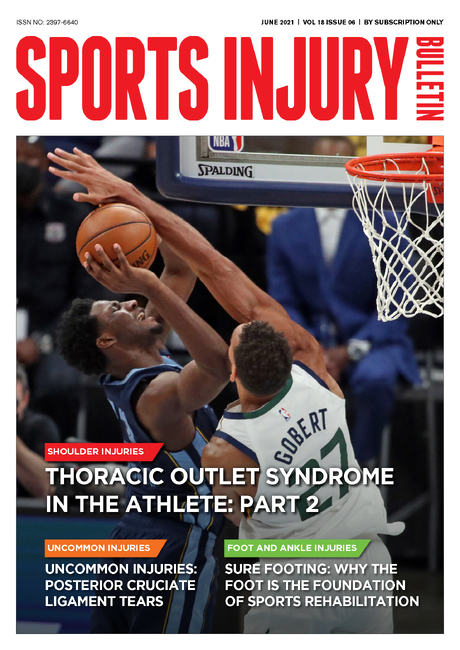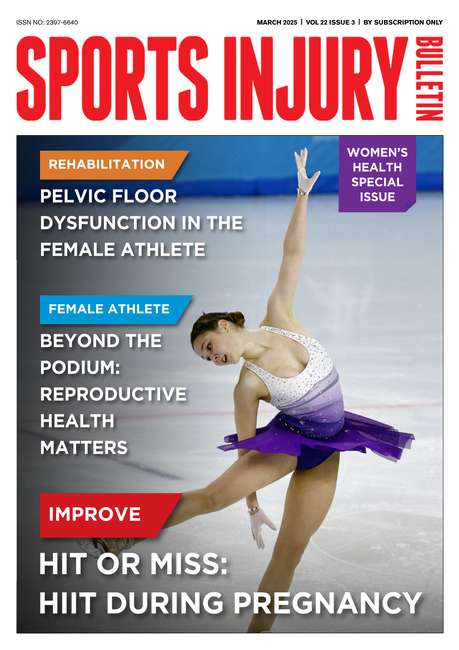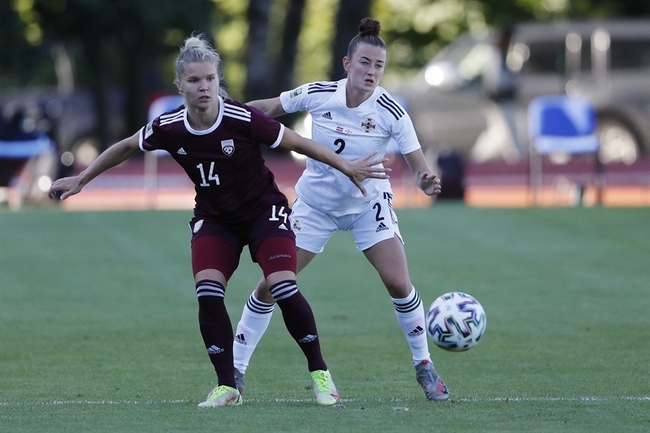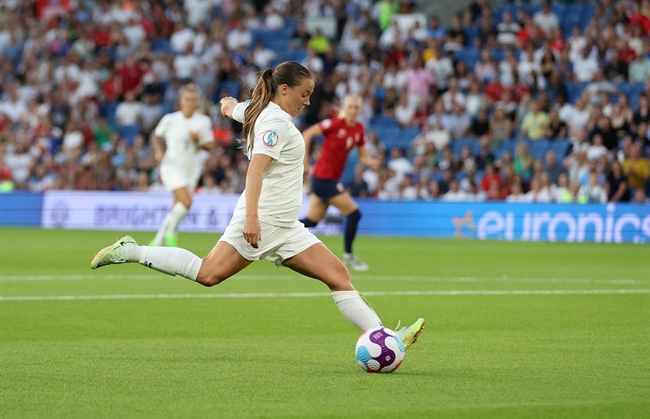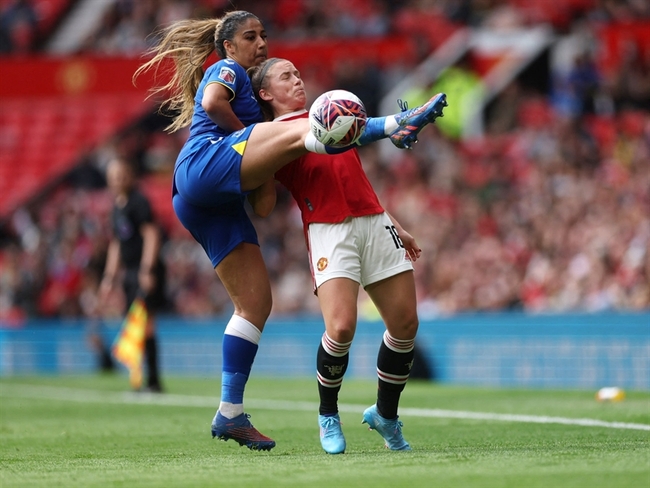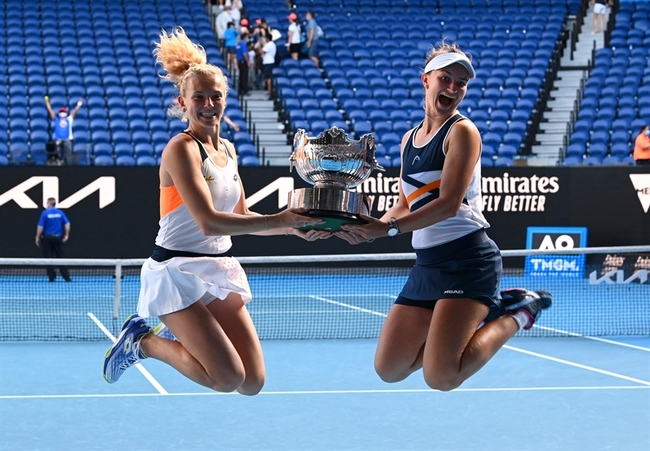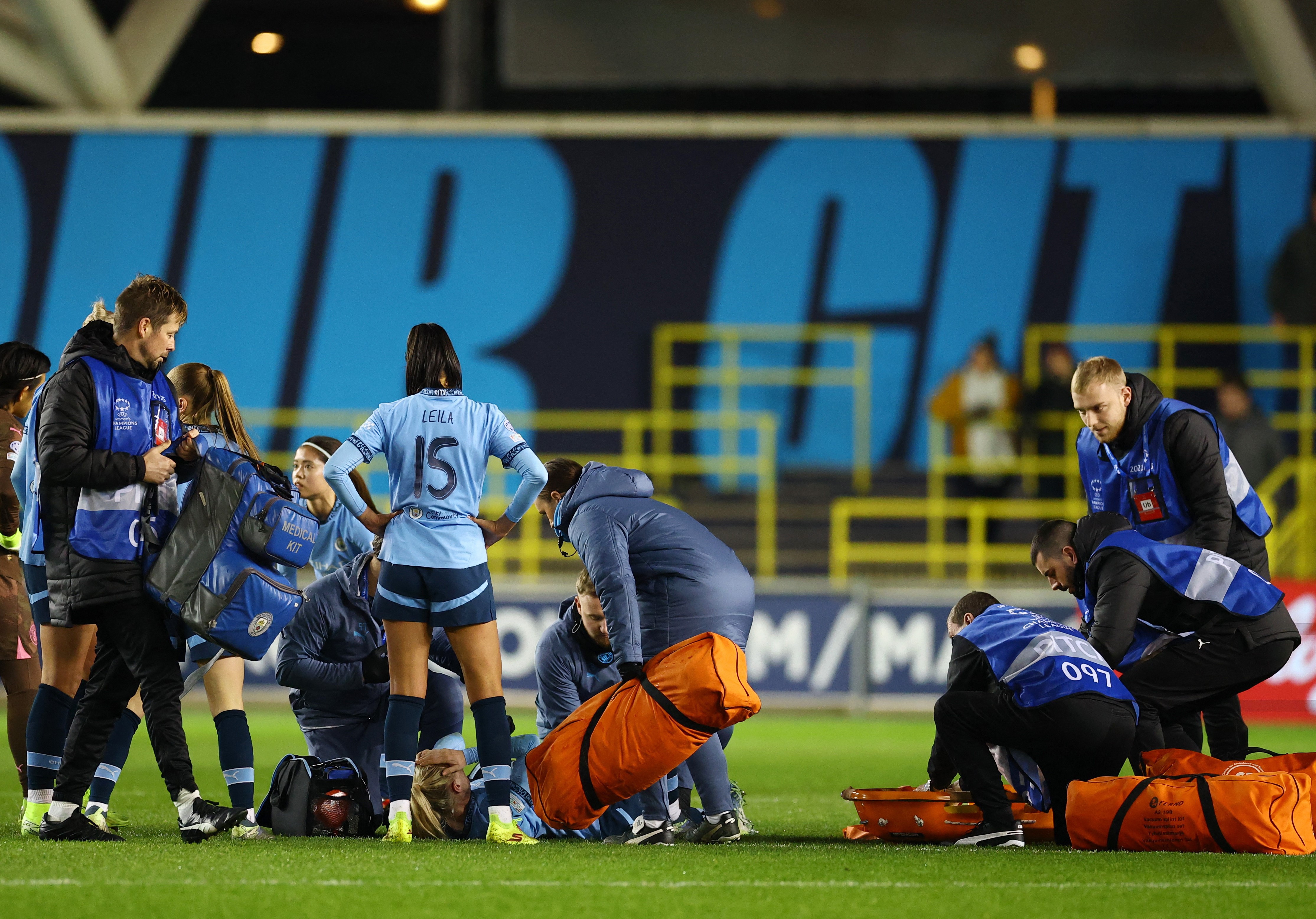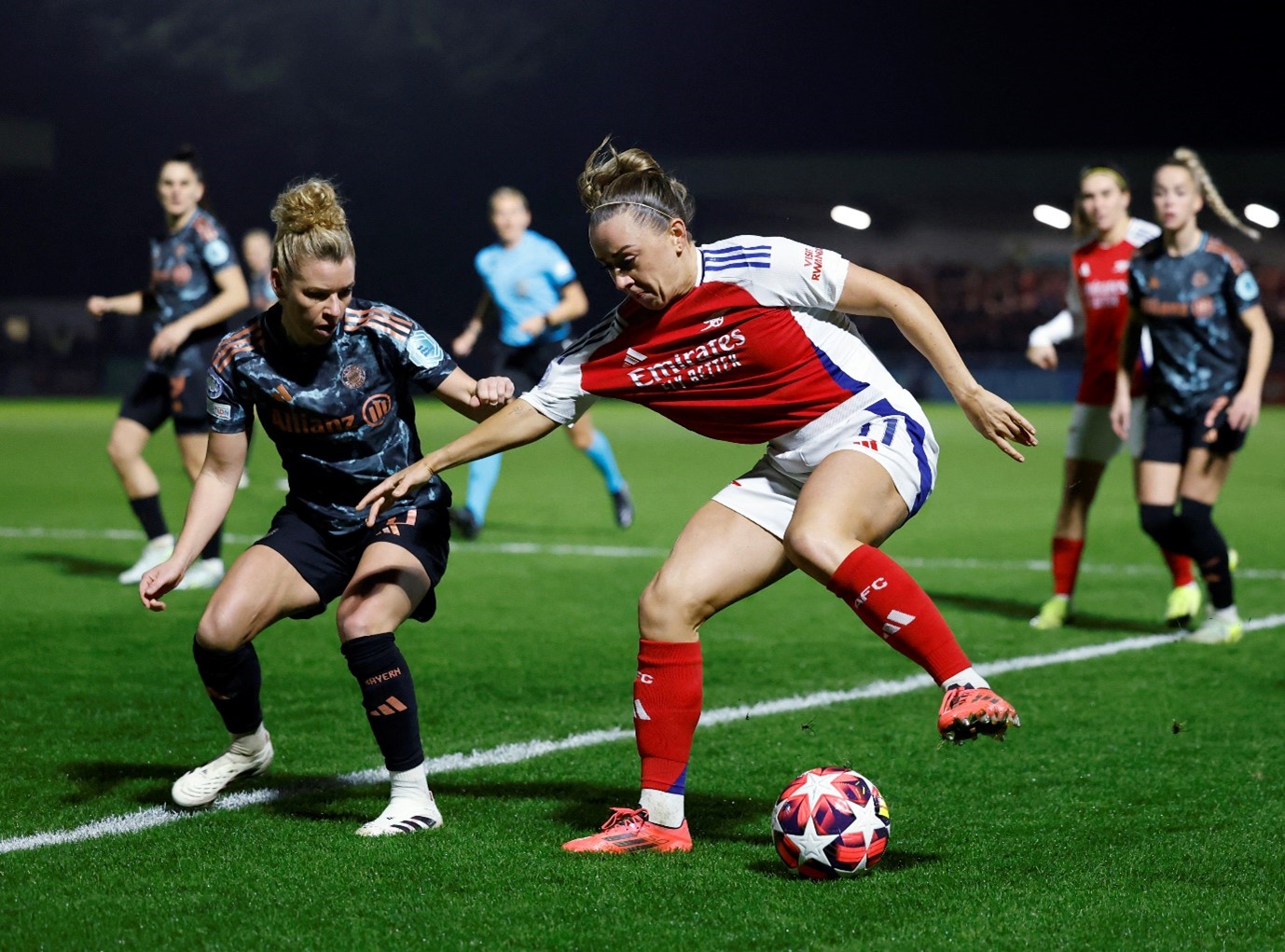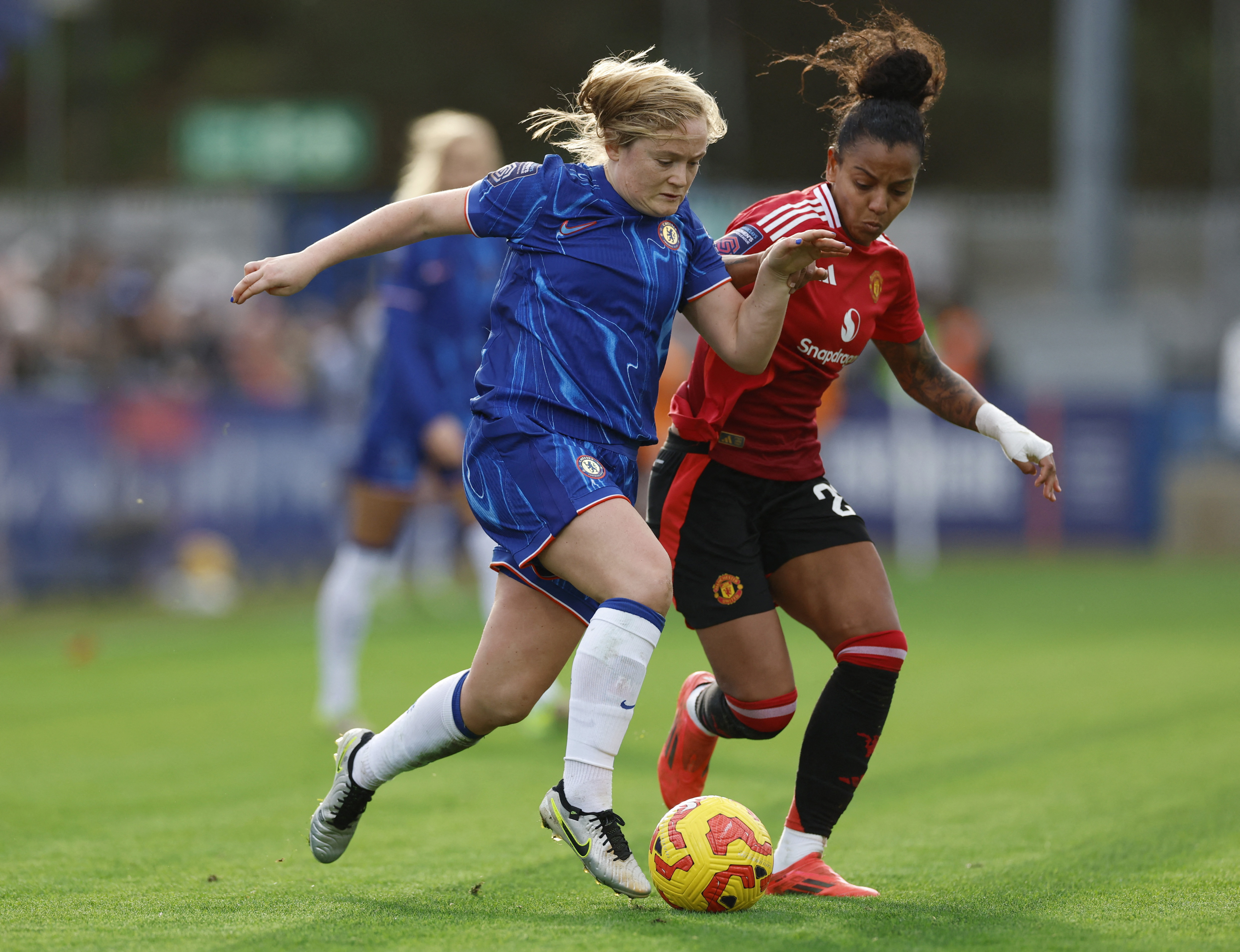You are viewing 1 of your 1 free articles
Does the hip control the knee?

Knee injuries are the bane of athletes in nearly all sports (see figure 1)(1). Clinicians and sports scientists continue to explore the best way to prevent such injuries. The knee, a hinge joint, moves in the sagittal plane. The thought is that most knee injuries occur from forced movement in the frontal plane. Therefore, control in the frontal plane must come from the muscles around the hip which move in this plane.
Figure 1: Analysis of knee injury by sport at the Knee Outpatient Clinic of a Sports Trauma Center in Brazil(1)

One hypothesized approach for preventing knee injuries is to strengthen the muscles of hip abduction. The muscle primarily responsible for hip abduction is the gluteus medius. The gluteus maximus contributes to hip abduction through its upper fibers and tie-in with the iliotibial band. Scientists from the University of Salford wondered what role these muscles played in controlling the knee during athletic maneuvers(2). They enrolled 34 subjects (17 men and 17 women) in a correlation study measuring the strength and activation of the gluteus maximus and medius and lower limb biomechanics during various tasks. The functional movements included a single leg squat, forward land, side land medially, and side land laterally. The jumps took place off of a 30cm step.
The analysis included 3D motion capture during all movements as well as EMG placement on the gluteus maximus and medius. During the jumps, muscle activity was measured 100 ms before landing and two seconds after contact. Researchers recorded the EMG findings throughout the unilateral squat. The scientists reported the results of each gender separately.
During the single-leg squat, females showed a strong inverse relationship between hip adduction angle and hip abduction eccentric strength. The knee abduction angle showed an inverse correlation with hip abduction concentric strength and hip extension eccentric strength (see figure 2). This negative correlation between the strength of the hip abductors and the knee abduction angle was also noted during the front, side medial, and side lateral landings. The scientists found similar relationships in the male cohort.
Figure 2: Knee abduction angle(3)

This study explored the correlation between strength and leg biomechanics, but did not determine causation. The biomechanics of landing are complex, especially in a game situation where there are many variables such as speed, direction, playing surface, and focus. However, it appears that the gluteal muscles play a significant role in the frontal plane stability of the knee. Of note, it was an increase in both eccentric and concentric strength that decreased the knee abduction angles in the various tasks. Therefore, work on both during rehabilitation and training.
To maximize both function and injury prevention, discourage athletes from mindlessly pounding out sets. Instruct athletes on tempo during exercises such as squats and lunges. Encourage long counts during the eccentric portion of the movement to improve knee control.
References
- Acta Ortop Bras. 2014; 22(3): 127–131
- Physical Therapy in Sport. doi.org/10.1016/j.ptsp.2019.12.008
- Br J Sports Med. 2015 Jan; 49(2): 118–122.
Newsletter Sign Up
Subscriber Testimonials
Dr. Alexandra Fandetti-Robin, Back & Body Chiropractic
Elspeth Cowell MSCh DpodM SRCh HCPC reg
William Hunter, Nuffield Health
Newsletter Sign Up
Coaches Testimonials
Dr. Alexandra Fandetti-Robin, Back & Body Chiropractic
Elspeth Cowell MSCh DpodM SRCh HCPC reg
William Hunter, Nuffield Health
Be at the leading edge of sports injury management
Our international team of qualified experts (see above) spend hours poring over scores of technical journals and medical papers that even the most interested professionals don't have time to read.
For 17 years, we've helped hard-working physiotherapists and sports professionals like you, overwhelmed by the vast amount of new research, bring science to their treatment. Sports Injury Bulletin is the ideal resource for practitioners too busy to cull through all the monthly journals to find meaningful and applicable studies.
*includes 3 coaching manuals
Get Inspired
All the latest techniques and approaches
Sports Injury Bulletin brings together a worldwide panel of experts – including physiotherapists, doctors, researchers and sports scientists. Together we deliver everything you need to help your clients avoid – or recover as quickly as possible from – injuries.
We strip away the scientific jargon and deliver you easy-to-follow training exercises, nutrition tips, psychological strategies and recovery programmes and exercises in plain English.

